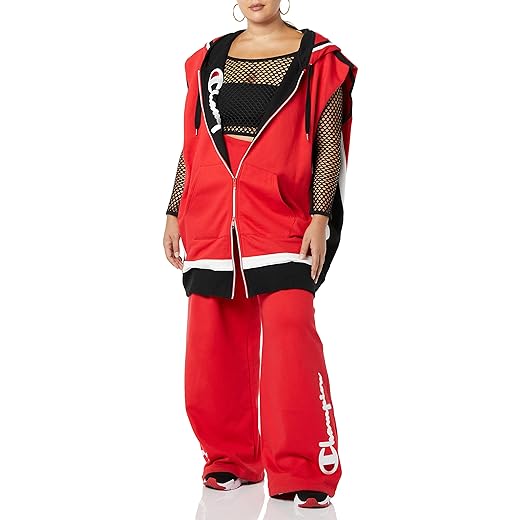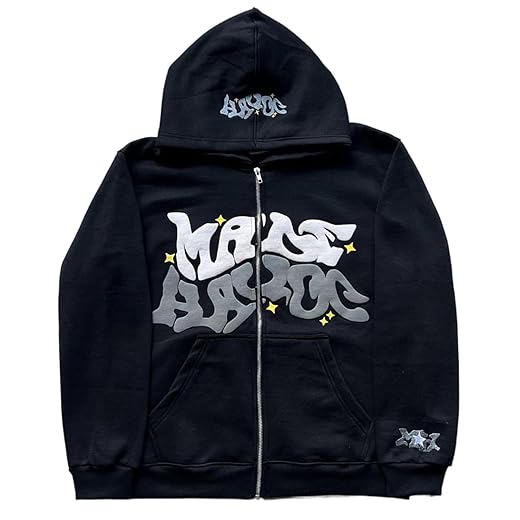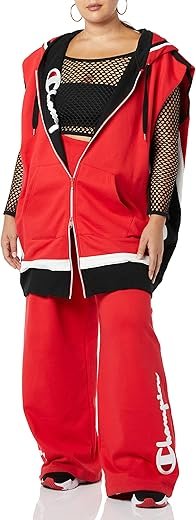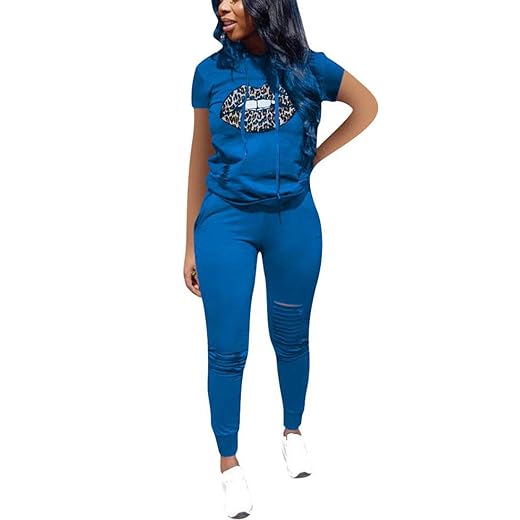Why Collaborative Releases Command Attention
Collaborations now drive runaway cultural moments — and they sell out in minutes. From luxury houses teaming with streetwear labels to unexpected artist-brand pairings, collaborative releases merge distinct creative languages and turn products into cultural statements. They create stories, conversation, and artificial scarcity that reshape how buyers, collectors, and the industry measure value.
This guide maps the collab landscape: the types to watch, the cross-industry partnerships that shift narratives, the marketing tactics that fuel hype, and how to assess quality, authenticity, and long-term worth. It also offers practical tactics for navigating drops, securing releases, and deciding what’s worth the chase. Don’t miss the signals ahead.




The Creative Logic Behind Collaborations
Mutual reach, fresh perspective, credibility transfer
Collaborations are a calculated creative shortcut: they borrow audiences, vocabulary, and trust. A heritage house chasing youth culture trades archive codes for street cred; a skate brand courting luxury seeks refined materials and runway placement. The result is a hybrid product that amplifies both names while telling a new story — think archival logo work reimagined in unexpected proportions or artisanal fabrications applied to a utility silhouette.
How intentions steer design and storytelling
Intent drives every decision — from palette to price. If the goal is cultural relevance, expect bold graphics, influencer-led campaigns, flexible silhouettes, and social-first storytelling. If the aim is craftsmanship, look for upgraded trims, seasonal continuity, and higher price points. The former skews toward limited drops and rapid sell-outs; the latter often produces collectible pieces with sustained resale value.
Typical collaboration dynamics
Practical tips to read a collab’s DNA
Understanding these signals helps you predict whether a collab will be a fleeting moment or a durable addition to your wardrobe — up next, we’ll break down the specific types of collaborations you should track and why.
Types of Collaborations You Should Track
Cross‑category pairings: fashion x footwear, fashion x tech, fashion x home
These mashups translate design language across product classes — think Sacai × Nike reworking a silhouette, or Apple × Hermès turning a smartwatch into a style statement. They often yield functional standout pieces because each partner brings category expertise: footwear brands deliver fit and sole tech; tech partners add interfaces; home brands supply scale and lifestyle context. Scarcity varies: limited-run sneakers usually spike immediate resale (often 5–20x on launch day), while tech-fashion pieces can be produced larger but retain desirability due to unique UX or branding. Ideal for style-focused shoppers who want wearable innovation and collectors seeking iconic silhouettes.
Artist and cultural tie‑ins: musicians, visual artists, designers
When a musician or artist signs on, the product becomes cultural storytelling — think Travis Scott sneakers that doubled as concert-era artifacts or KAWS prints that pushed a streetwear tee into gallery territory. These projects are often highly collectible because they tie to moments (tours, album cycles, exhibitions). Scarcity is frequently intentional: numbered drops, signed pieces, or gallery-only releases. Fans and collectors compete; mainstream shoppers buy for the story and the social resonance.
Unexpected brand mashups: the collision that creates headlines
Surprising pairings — a heritage luxury house with a workwear label, or a cheese brand on a tote — produce viral moments. Their value lies in surprise and social currency more than pure craftsmanship. Production runs can be tiny (thus collectible) or huge (aimed at viral reach). These appeal to hype chasers and mainstream audiences alike; collectors will cherry-pick the most culturally relevant pieces.
Quick rules to judge a collab’s staying power:
Cross-Industry Partnerships That Change the Conversation
Why these pairings matter
When fashion teams up with sports, music, gaming, or tech, the product becomes a cultural signal, not just an item. Think Jordan × Dior turning a basketball silhouette into couture, Gucci’s digital “Gucci Garden” on Roblox creating collectible wearables, or Adidas × Parley making a performance sneaker from ocean plastic. These projects expand storytelling, add utility, and plug brands into passionate new communities.
What makes them memorable
Memorable cross‑industry releases combine:
Signals a partnership will have lasting cultural impact
Watch for these indicators:
How to act on them (quick, practical tips)
Next, we’ll unpack how release strategies, marketing, and engineered scarcity fuel these cultural moments.
The Hype Machine: Release Strategies, Marketing, and Scarcity
Limited runs, tiered drops, and timing
Brands weaponize scarcity: numbered editions, surprise “shock drops,” and multi‑tier releases (soft pre‑drops for insiders, public drop later). Nike’s SNKRS draws and Adidas’ Yeezy launches are textbook—controlled inventory plus precise launch timing creates FOMO and resale premiums. Watch unit counts and whether drops are region‑locked; lower supply and asynchronous rollouts amplify demand.
Ambassadors, influencers, and editorial lift
Collaborations ride on faces and narratives. Celebrity ambassadorships, curated influencer seeding, and in‑house editorial content create a story arc—think celeb sightings, unboxing videos, and longform brand essays that justify desirability. Micro‑influencers often stoke grassroots buzz in niche communities before mainstream coverage takes over.
Experiential launches and social storytelling
Pop‑ups, listening parties, or AR try‑ons convert products into cultural moments. An experiential launch makes an item a memory (and shareable content): attendees become unpaid promoters. Brands also use serialized social storytelling—teaser clips, countdowns, and behind‑the‑scenes—to build anticipation over weeks.
How scarcity and marketing test new models
Collaborations double as experiments: dynamic pricing, private drops for loyalty members, or NFT‑linked access. Brands use limited collabs to trial subscription access, tiered raffles, or direct‑to‑consumer scarcity without committing to full collections.
How to separate real cultural moments from manufactured buzz
Being strategic—tracking supply, narrative, and community reaction—lets you catch genuine moments and avoid hype traps.
Assessing Value: Quality, Authenticity, and Long-Term Worth
Material & construction: the first truth test
Look beyond the logo. Inspect seams, lining, zipper/hardware brand, stitch counts, and fabric weight. Product pages that list textile composition (e.g., 100% Japanese selvedge denim, 750-fill down) are more trustworthy than vague “premium fabric” claims. In real life, a well‑constructed collab piece — think reinforced bartacks on a chore coat — will outlive seasonal logos.
Depth of creative involvement
Ask: is this a co‑signature or a sticker? Genuine co‑designs show sketches, tech sheets, or interviews where both parties discuss intent. Red flag: press copy that only swaps logos with no silhouette or material changes. Pieces with bespoke elements (unique patterns, new lasts in footwear) generally hold cultural weight longer.
Provenance, authentication & resale context
Verify origin: serial numbers, holograms, artist stamps, authorized dealer lists, and original packaging images. Check past resale performance on StockX, Grailed, and eBay to gauge appetite — note that some collabs spike then fade; others (Off‑White × Nike “The Ten,” Supreme box logos) keep premiums for years. Limited runs increase desirability but can also inflate short‑term speculation.
Practical checklists & red flags
On product pages (must-haves)
Red flags
Quick valuation rubric
These criteria make it easier to decide whether to buy for wear, collect, or flip — and will set you up for the tactical shopping strategies in the next section.
How to Navigate Drops: Practical Tips for Shopping and Securing Releases
Find reliable calendars and verified announcements
Follow primary sources first: brand apps (Nike SNKRS, adidas Confirmed), official email lists, and retailer pages (END., HBX, Dover Street Market). Supplement with trusted aggregators and community calendars like Sole Retriever, DropList, or retailer “upcoming” pages. Verify by matching timestamps and product images — if the brand posts it, it’s real.
Set alerts, raffles, and pre-drop prep
Online queue and checkout best practices
Budgeting, sizing, and prioritization
Community tools & preowned market checks
With these tactics you can engage in drops more strategically — next, we’ll wrap up with final takeaways on watching the collab landscape.
Watching the Collab Landscape: Final Takeaways
Collaborations drive fashion forward by merging creativity, audience, and commerce; they reward attention to concept, craft, and context. Track artist-led drops, heritage reworks, cross-industry experiments, and limited capsule releases—each offers different cultural and collectible value. Evaluate quality, provenance, and long-term worth rather than hype alone.
Be strategic: follow release calendars, use alerts, prioritize what you genuinely love, and buy within means. Treat drops as opportunities to support innovation while keeping a clear-eyed approach to rarity and resale. Stay curious, shop thoughtfully, and let enthusiasm be guided by taste and responsibility. Happy collecting and learning.



Leave a Reply